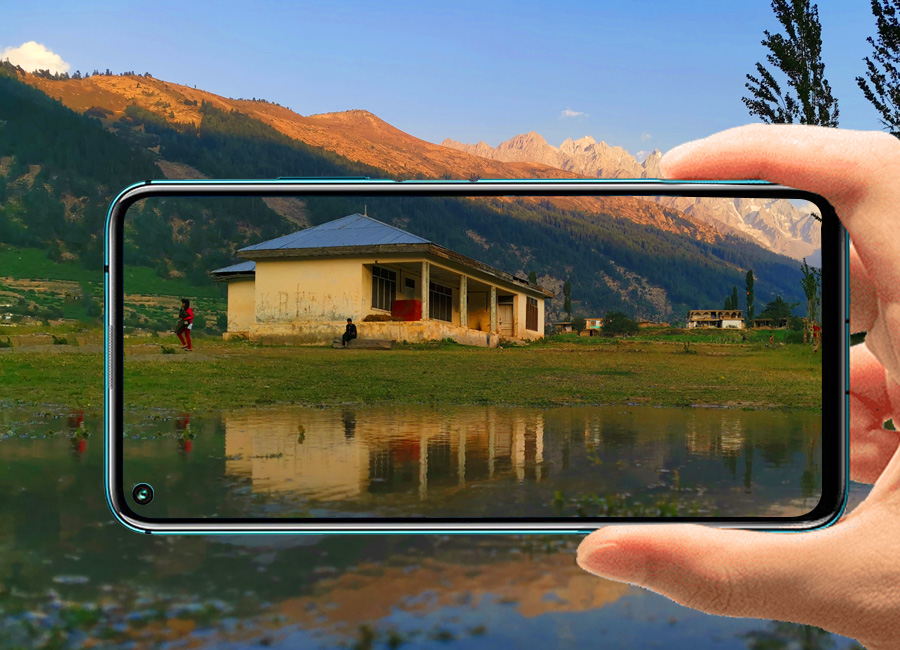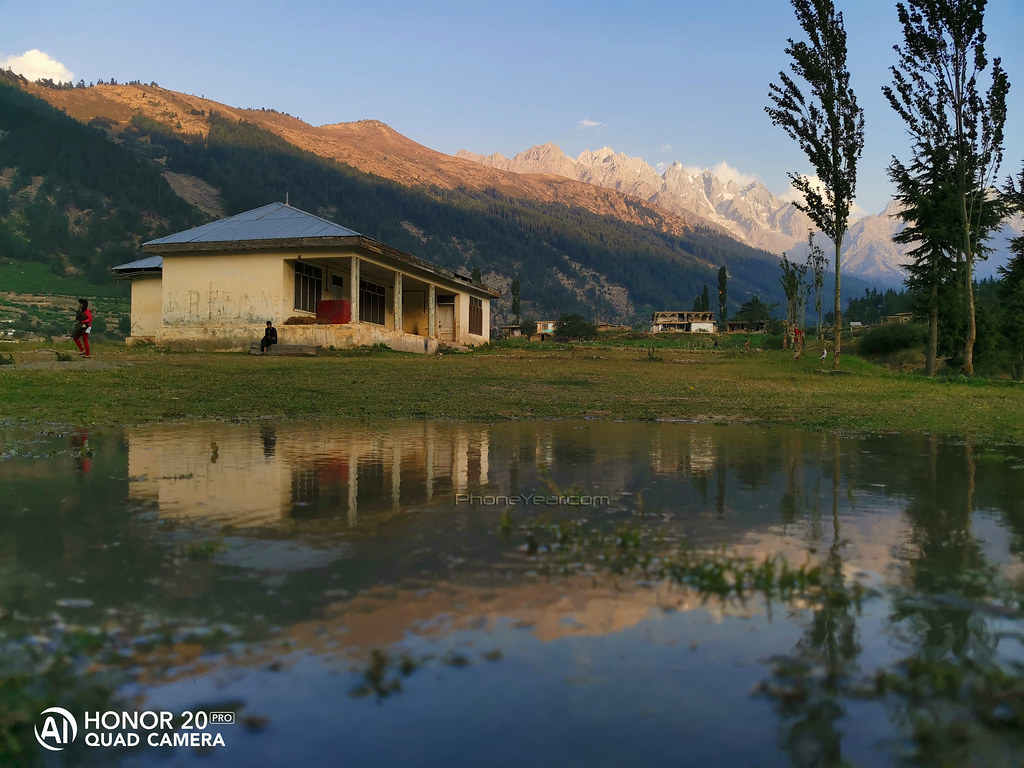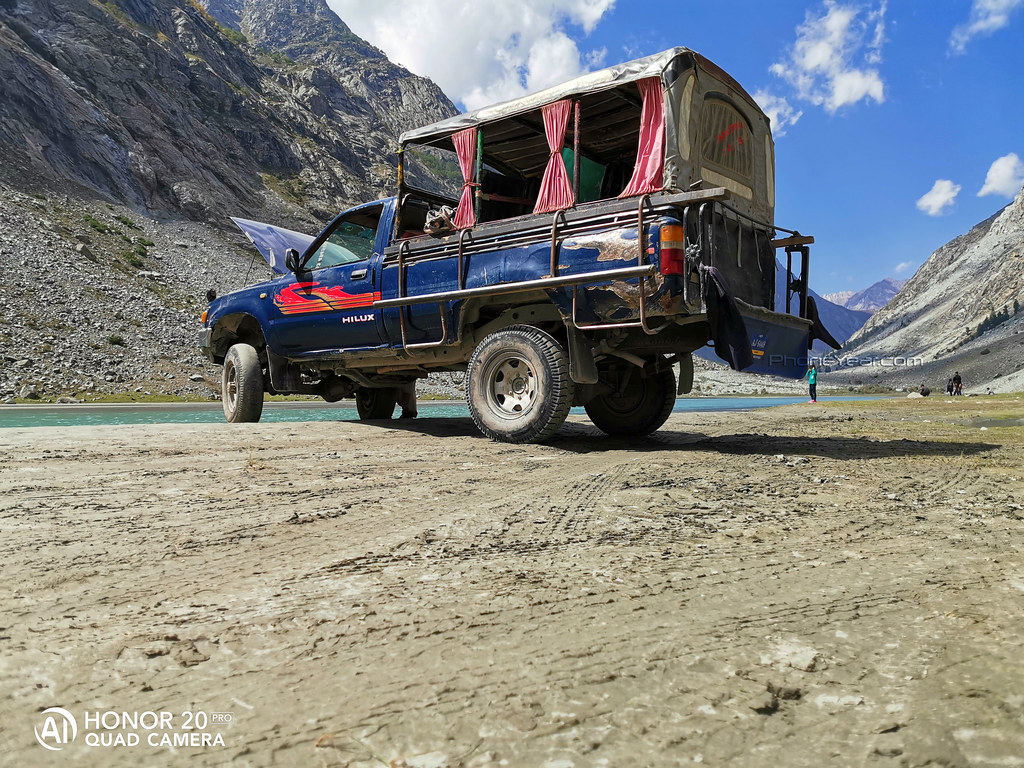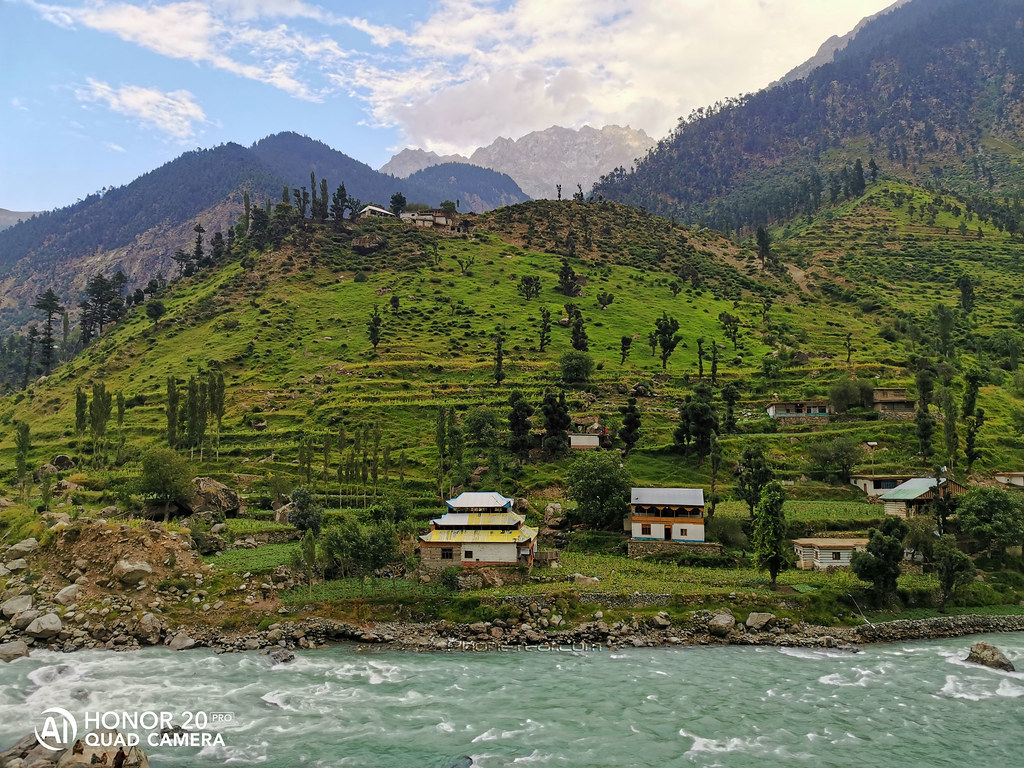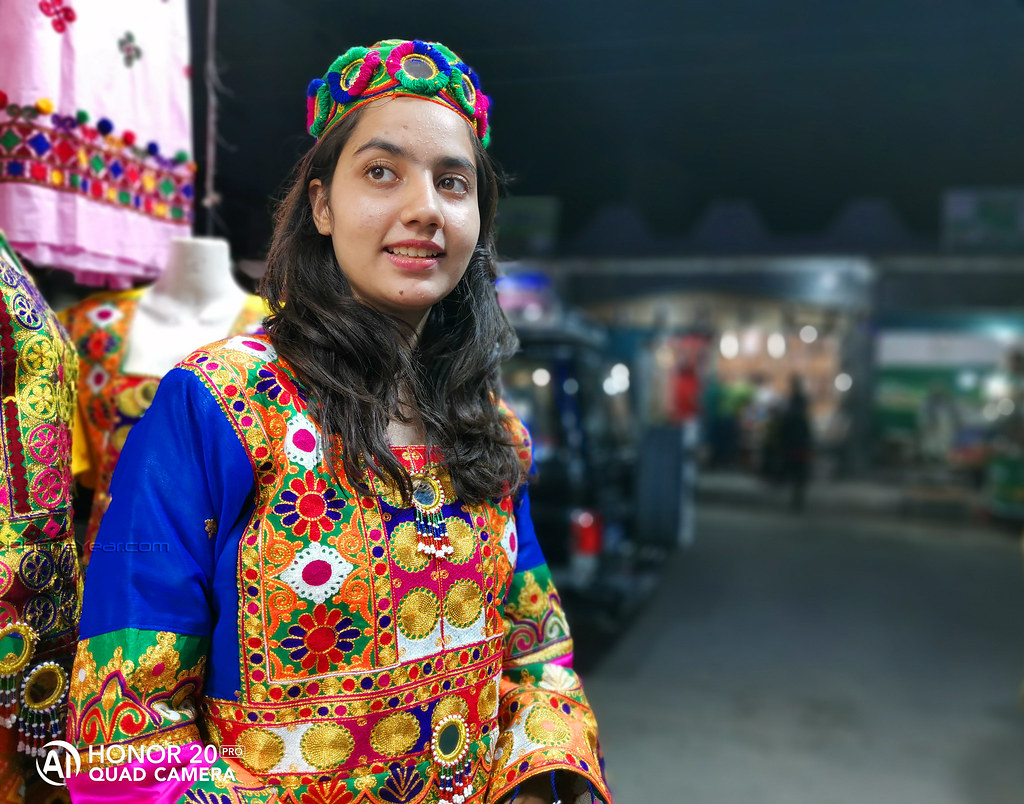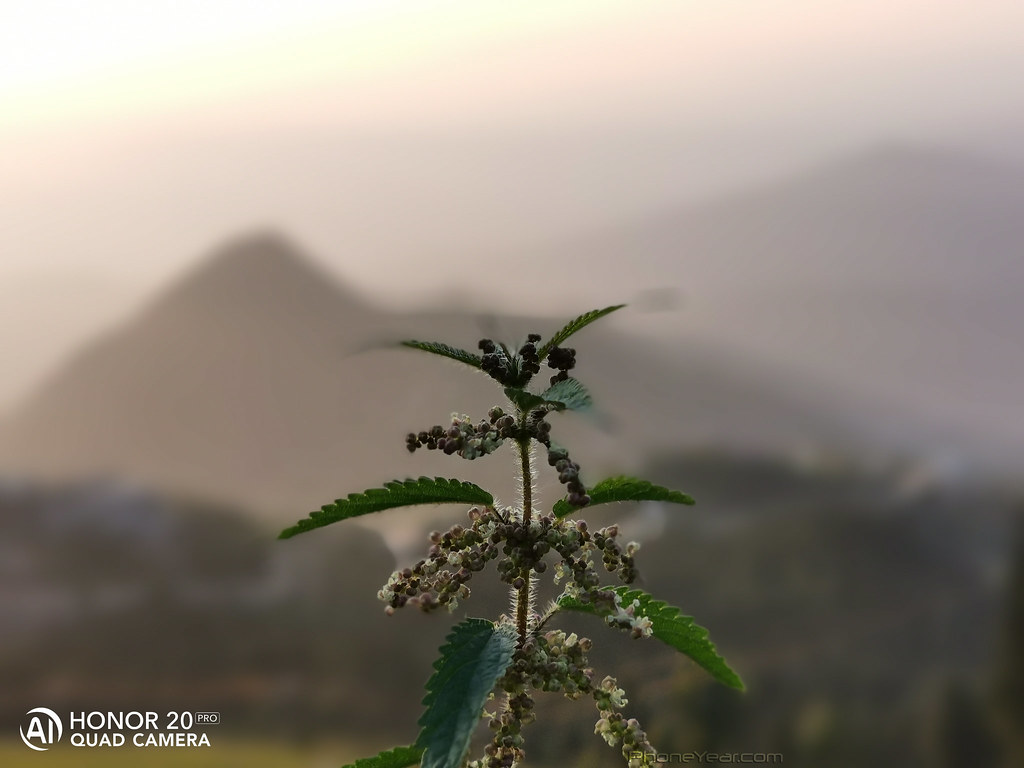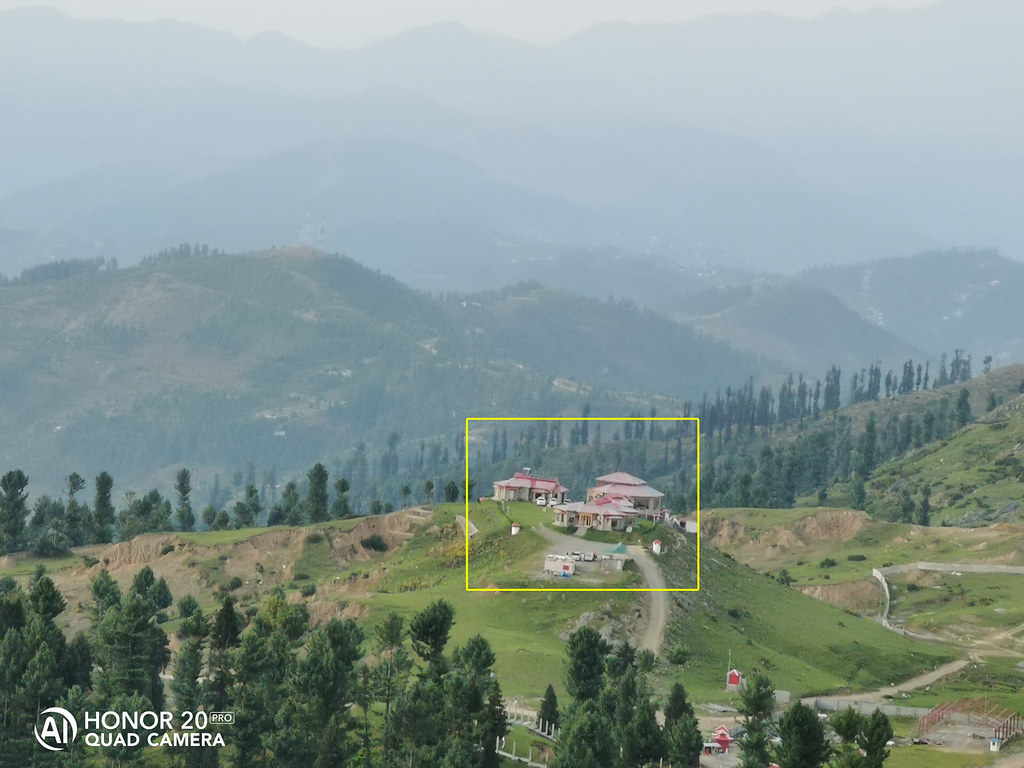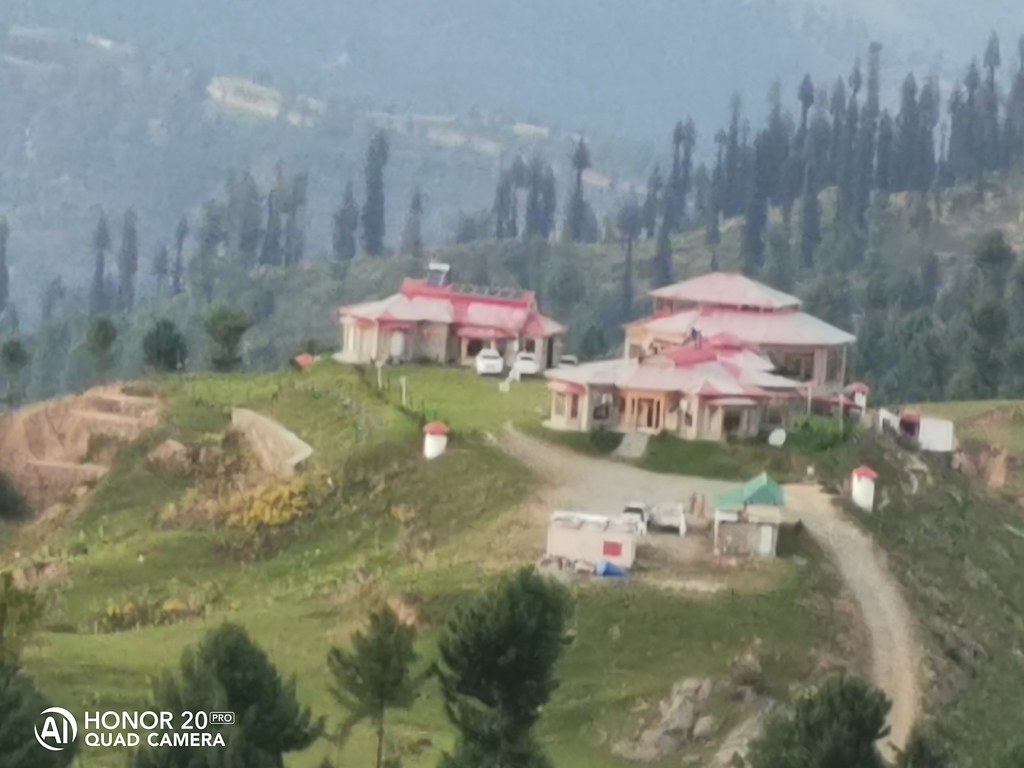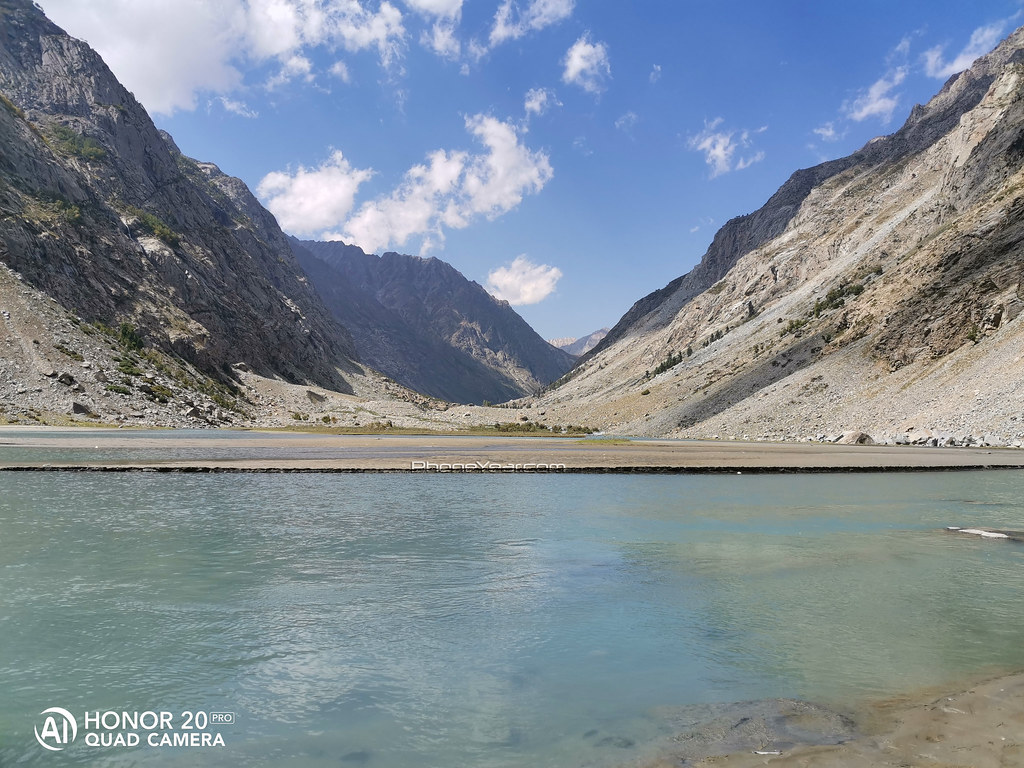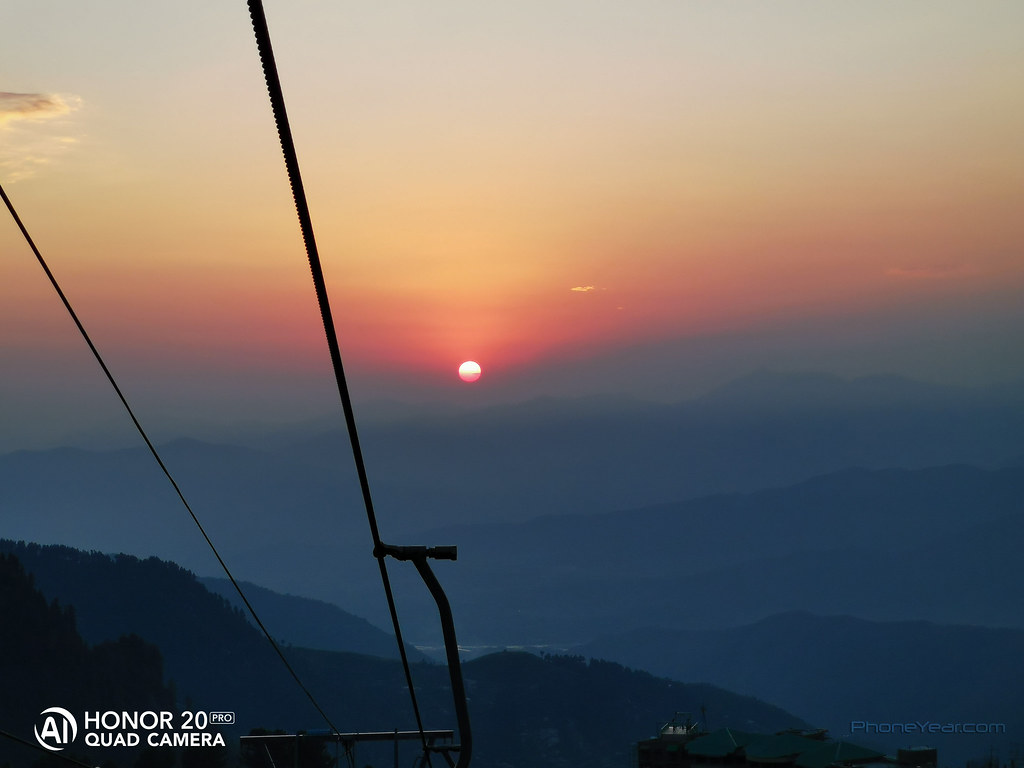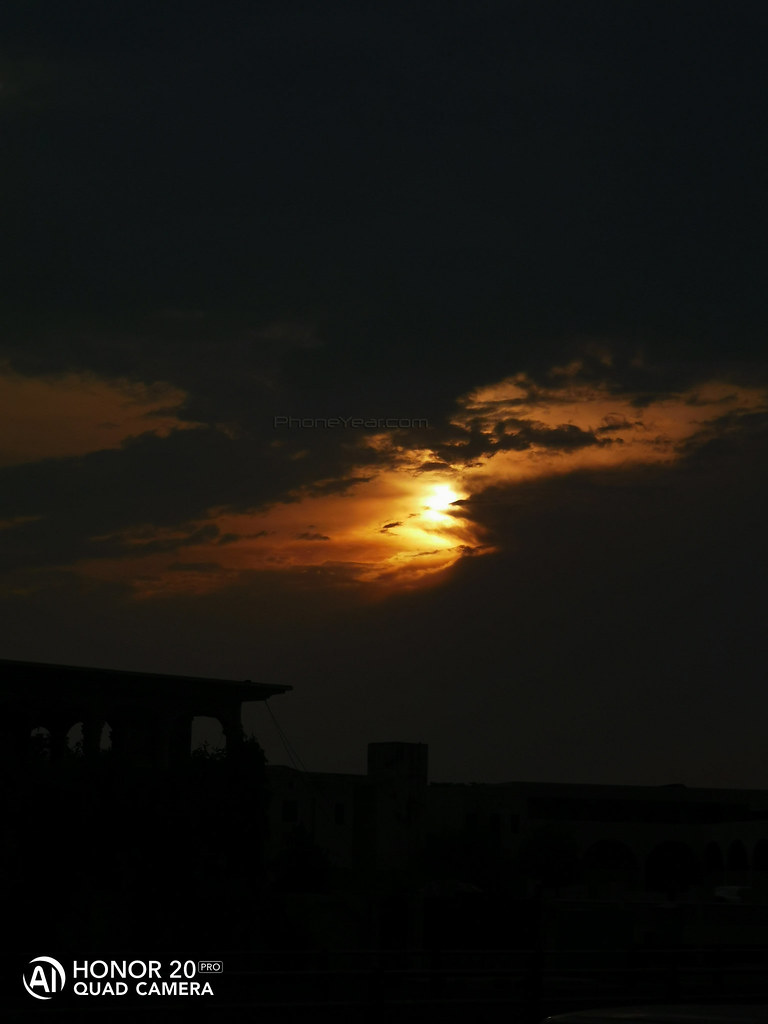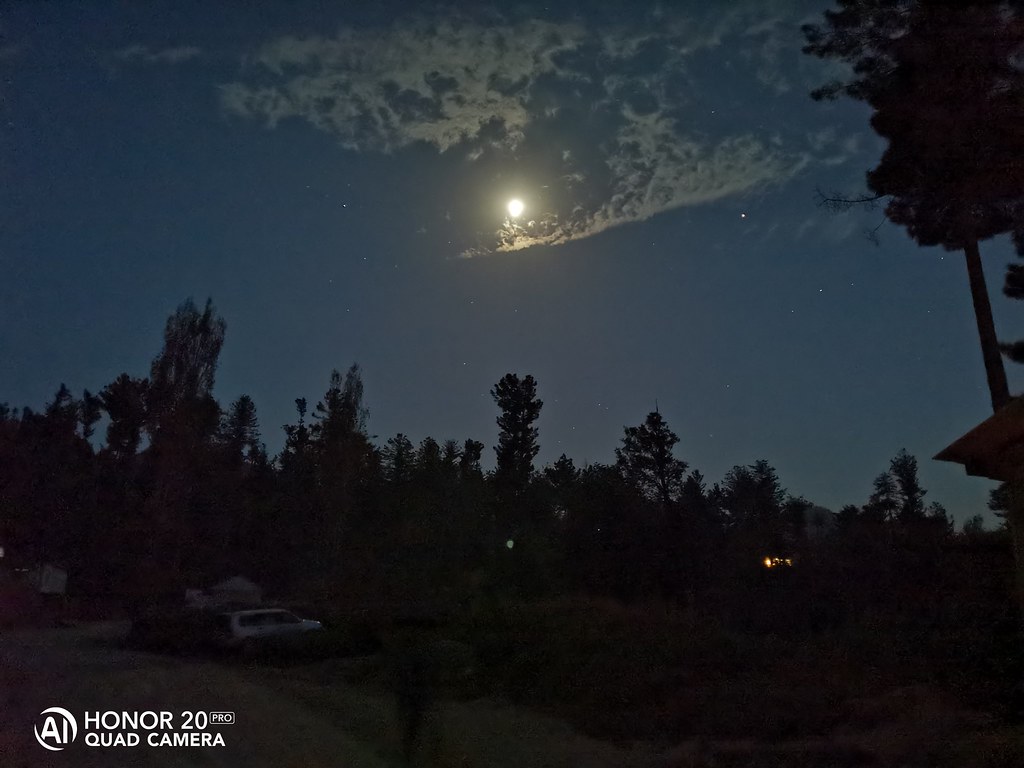If you want to get hold of a most premium Honor phone now, Honor 20 Pro is undoubtedly the device to look for. The Chinese maker has inherited a rich experience of Huawei, which is a trendsetter, now mobile phones and networks. Being the younger kid, Honor has taken advantage of this exposure and successfully established its own identity, albeit under the umbrella of Huawei.
Honor 20 Pro is my companion for over two months now, and my opinion about this device is quite positive.
On my recent trip to Pakistan’s north, I carried this phone to avoid weighty DSLR because my entire trip had long trekking. I wasn’t sure about the quality of photos I would get through this phone, but it was a fair chance to test the camera prowess of Honor 20 Pro. Honestly, I wouldn’t have worried had I carried Huawei P30 Pro because of its low light performance and the zooming it gives you.
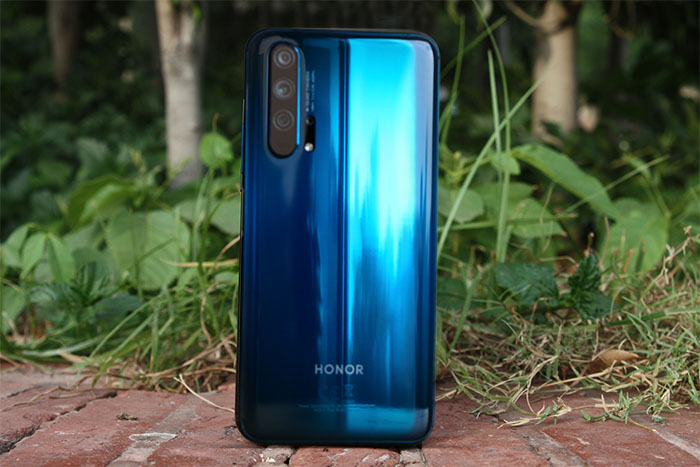
Coming back to Honor 20 Pro, it has this quad-camera setup packing together a 48MP primary lens, an 8MP telephoto sensor offering up to 3x optical zoom, 5x hybrid zoom, and up to 30x digital zoom, 16MP ultra-wide and 2MP wide dedicated macro camera. On the front side, there is a 32MP sensor housed inside the punch hole notch.
Note: We took over 900 photos in different modes to test the strength of Honor 20 Pro’s camera, both indoor and outdoor. Tripod wasn’t used during my travel.
Honor 20 Pro camera specs
- Quad Camera setup
- 48MP primary wide-angle lens with aperture size f/1.4
- 16MP super wide-angle lens with aperture size f/2.2
- 8MP telephoto lens with aperture size f/2.4 having 3x optical and 5x hybrid zoom
- 2MP macro lens with aperture size f/2.4, 4cm distance from the subject
- 32MP front lens of aperture f/2.0
- OIS, PDAF autofocus
- 48MP AI Ultra Clarity mode for photos
- 4K video capability at 30fps
Instead of EMUI, Honor 20 Pro comes with Magic OS, which is not much different than its conventional OS skin. The camera app is similar to what you would find in the EMUI. Aperture, Night, Portrait, Video, and More menu are placed at the bottom where the ‘More’ menu houses all the typical extra modes like AR lens, Pro, Slow-mo, Panorama, Light painting, HDR, Super macro, etc.
Stabilization, I liked
The first thing that impressed me is that both camera setups, front and back, exercise stabilization. 48MP and 8MP lenses have the OIS integrated; however, for front and back camera videos, there is a support of EIS (electronic image stabilization). This is one of the vital camera features of Honor 20 Pro for shooting anything which is not static.
A simple point and shoot can capture most of the detail on bright days, if not a perfect shot. Of course, as the light goes away, so does the stabilization.
I drove on rocky terrain with lots of bumps and shakes, and I was able to shoot some stable videos and photos, which wouldn’t have been possible without stabilization. To give you an idea, the following picture was shot from the moving car.
Exposure, Colors, and Noise
With standard mode, it captures natural colors without artificially over saturating them. With AI turned on, it increases the contrast but keeps it well within the limits of acceptability. Captured photos showed a very nice exposure level with an impressive dynamic range showing the right balance between dark and bright areas.
Honor 20 Pro can capture the subjects’ adequate details in almost every lighting condition; however, sometimes, it misses and overexposes the scenes under extreme lighting conditions. Glare gets prominent across the photos when facing the light source. This is where HDR mode comes in handy to some extent, which is not easy to reach quickly; one has to tap a few times to turn it on. I wish that Honor could allow us to customize the placement of modes just like Samsung does.
Tip: Reducing exposure level (EV) in the Pro mode can also help in such situations, and with AWB preset and manual values, photos can be further tweaked and dramatized even.
Healthy noise levels are also impressive in the daylight photos, but it increases in the low light, indoor and outdoor. Honor 20 Pro has this powerful 48MP AI Ultra Clarity mode option that removes every bit of noise and captures a very high-resolution picture.
Portrait and Bokeh
I liked the way it handles portraits with or without portrait mode turned on. The photos show natural-looking skin tones, and there are no artificial smoothness and whiteness unless applied through beauty mode. Portrait mode maps the subject very intelligently without merging edges with the background resulting in some nice bokeh effect.
Zooming-in
You can use 3x optical zoom, 5x hybrid, and further, you can go up to 30x digital zoom. My experience with the first two resulted in some beautiful landscape shots without missing much of the required details. 10x and 15x are just acceptable, in good light; however, beyond that, there is no point in using them as everything seems to fall apart.
Macro Lens
Usually, camera-obsessed smartphones make use of software techniques for close-up shots. Still, Honor’s 48 megapixels primary camera doesn’t provide close-up shots; however, there is a dedicated 2MP super macro sensor, an interesting new approach that is not a good selection by Honor. Still, in reality, it can give you some fantastic close-up shots. The hand needs to be steady, and the distance rightly judged, about 4 cm from the subject, that’s what Honor suggests, but in contrast to the primary lens, this one needs a little bit of practice.
It can provide you with even those detail you might not notice otherwise. I could successfully use it in very few instances for shooting static subjects under proper light. It sometimes produces washed-out details even under bright light. In my opinion, it’s an exciting addition that might evolve to perfection in the future.
Night
There is AI super night mode for night photography, which grabs more light while slowing down the shutter speed a bit. In most of the cases, pictures came out nice. Depending upon the scene, 48MP AI Ultra Clarity can also be used for static subjects.
However, my effort to shoot the moon, the roaring river, and the mountains – all in one frame – made me do some extra work to get the acceptable shots. This is where beasts like P30 Pro come in handy for low-light photos.
Selfie
Videos
Honor 20 Pro can record 4K videos at 30 frames per second, but it can not exceed 10 minutes recording limit. However, other options are 1080p and 720p. It does an outstanding job by stabilizing the videos, and as I mentioned above, footage remained stable even I took them from a moving jeep on a rough track. Exposure, colors, and noise levels are good in the daylight, and there is no complaint about the autofocus, but low light video shooting is the area Honor needs to work more.

